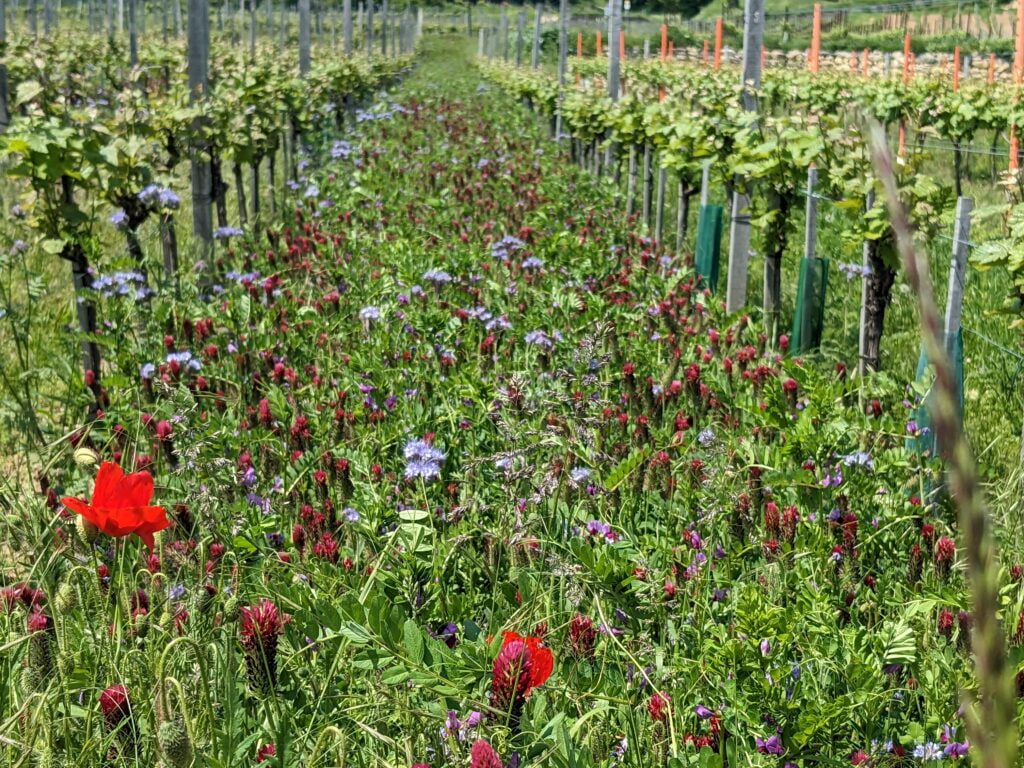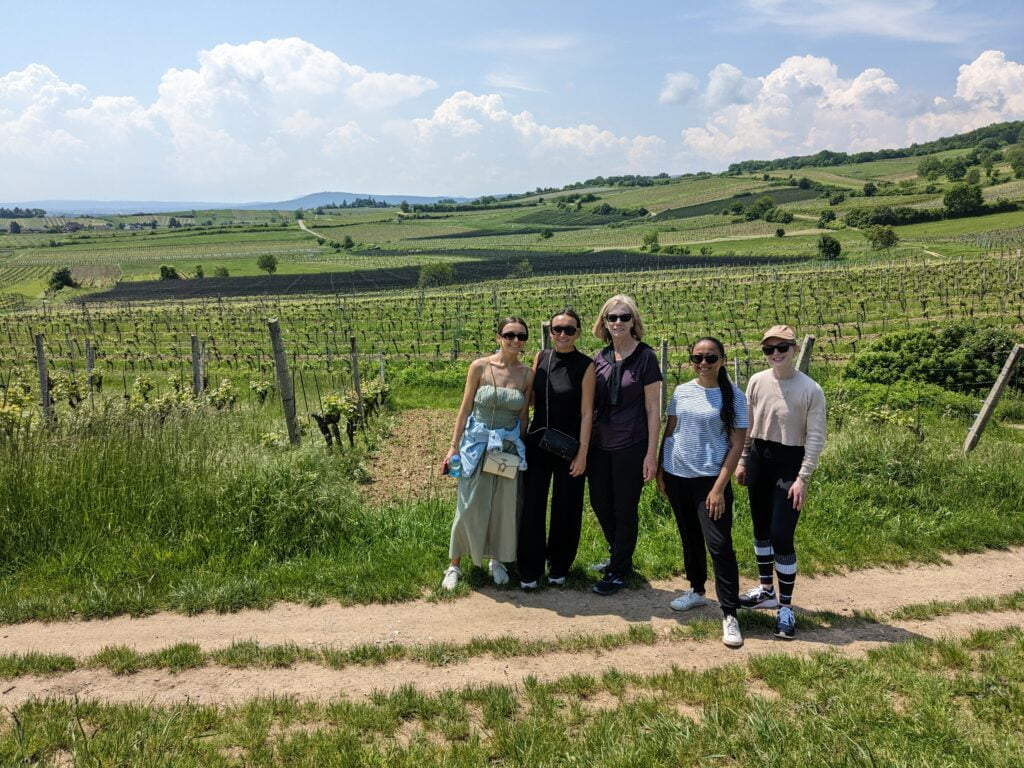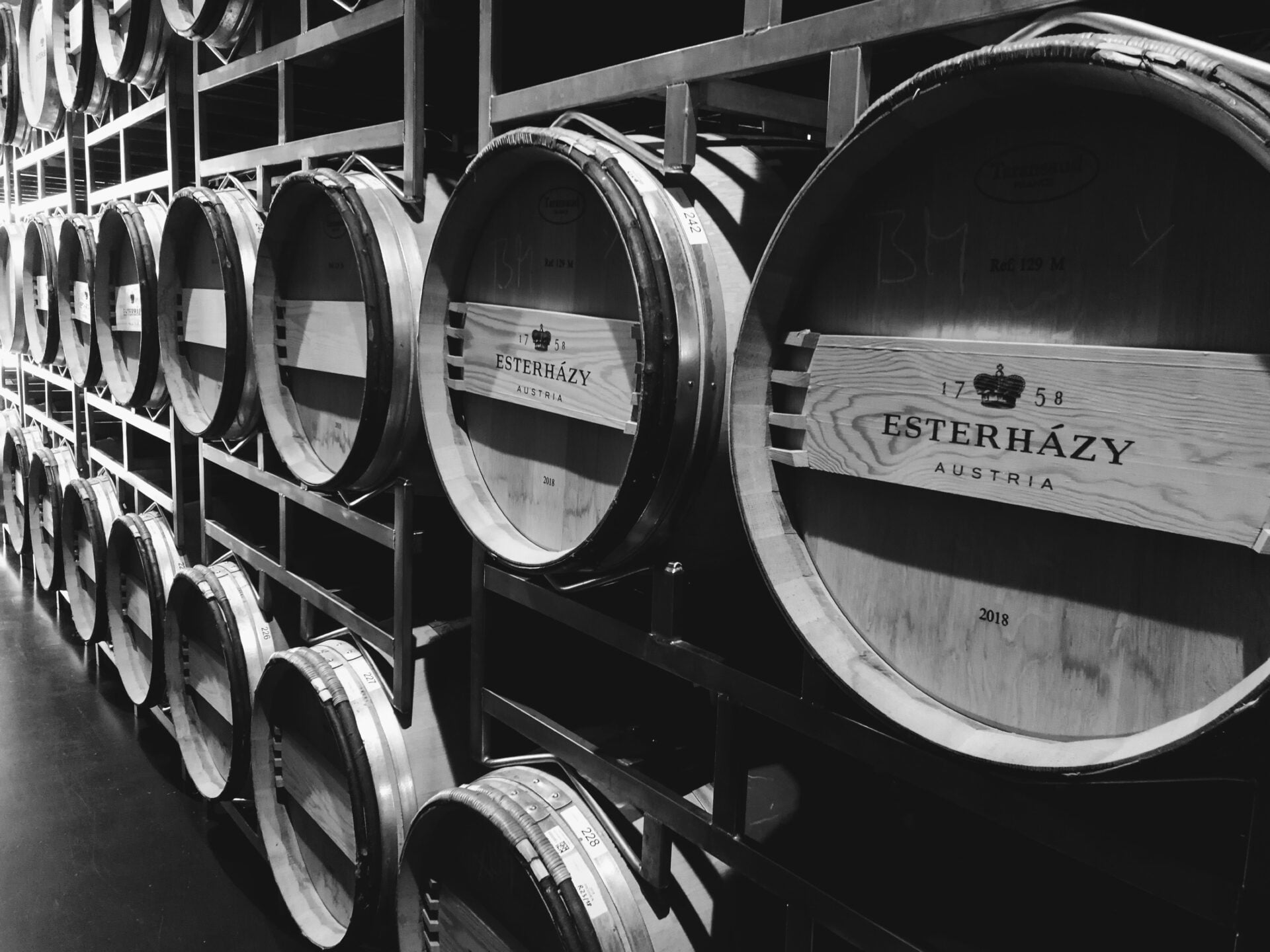What is slow wine? Well, its the perfect description for what we’re trying to do here with this series of blog posts actually. I reckon the biggest barrier to entry into the world of wine are the people who talk about it. Astringency, acidity, tannin, mouthfeel, aromas and yes, even petrol can help to describe wine, but only in context. When people use these terms without describing how to measure or recognize them, it’s pointless, and worse still, it can put people off investigating further cos it makes them feel stupid.
We want to break down wine and explain it simply, by giving people the opportunity to gain knowledge without being scared off by too much, too soon. We’re introducing various wines, and in the process asking questions that many people probably wanted to know but were too afraid to ask. We’ll also dive into how wine is made, and try to help out with some of the typical tasting room jargon that made you wanna reach for your concealed carry at your last tasting. So far we’ve covered Cabernet Sauvignon, Grüner Veltliner, and Riesling, with more to come. With the help of these guides, we’re hoping that you won’t have to always resort to ordering the second cheapest bottle on the wine list 😉 You know what I’m talking about…
This attempt at slowing down wine to make it easier to understand, also interweaves nicely with our wider goal of championing a more considered and slower approach to all things travel, and to encourage you to do tours and tastings that also offer genuine insight into a farming industry which is on the cutting edge of climate change.
So, what is slow wine?
For us, “slow wine” represents a commitment to a more thoughtful and sustainable approach to crafting wine. It is a movement that produces wines which reflect a sense of place and a connection to the natural environment. We have precisely the same goal here at the Travel Tortoise and our sister company, Venture Vienna, so of course we’re fans of the slow wine movement. Slow wine shares similarities with the broader “slow food” movement, which advocates for quality, tradition, and environmentally conscious practices in food production. Here are some of its key characteristics:
- Sustainable agriculture: slow wine producers often prioritize sustainable and organic farming practices i.e. minimizing the use of synthetic pesticides & fertilizers, promoting biodiversity in the vineyards, and working towards a more harmonious relationship with the environment.
- Natural wine-making: the slow wine movement frequently aligns with the principles of natural wine-making i.e minimal intervention in the wine-making process, allowing the grapes to ferment with naturally occurring yeasts, avoiding excessive use of additives (sulphites for e.g), and limiting manipulation (like adding sugar or distilling for e.g) to showcase and focus on the unique characteristics of the grapes and the land where they were grown (the terroir).
- Terroir focus: slow wine producers place a strong emphasis on the concept of terroir, which refers to the unique combination of soil, climate, and vineyard practices that influence the character of the wine. They believe that wines should express the specific qualities of the vineyard where the grapes are grown.

Characteristics of a slow wine producer
Slow wine makers tend to be smaller-scale producers, who are better able to focus on quality rather than quantity. Taking a hands on approach to all aspects of wine making, from tending the vines to direct sales and distribution, is made easier when the vineyard plot is smaller, especially when compared with larger estates. It is, of course, much more labour intensive in other regards, especially as many slow wine producers may decide to hand-pick their grapes during the harvest. The slow wine community often pursue traditional wine making techniques, as well as pursuing eco-friendly practices beyond the cellar i.e. the use of sustainable packaging and materials for delivery.
What does the Travel Tortoise know about wine?
We developed our love for wine in Austria, where much of modern-day production is organic, or damn well close to it. As part of our sister company, Venture Vienna, we have developed wine tours & experiences that connect visitors to a region through a combination of outdoor activities and intimate wine tastings. We understand what it means to ‘get’ the ‘terroir’ of a region, and we bring people right into the heart of it to create lasting positive associations between a wine and its origin. We do slow wine travel, I guess.
At the heart of it, we know wine, we love to drink wine, and we love to write about wine too. Furthermore, wine-related experiences tend to make up a large part of the Tortoise’s typical travel itinerary, and we’ve picked up lots of expertise along the way that we want to to share with our readers.

How Austria became ground zero for the slow wine movement
After reaching rock bottom after the 1985 antifreeze scandal, and having become persona-non-grata on the international wine scene, it seems to me that the Austrians didn’t really have much choice, other than to become a shining light of sustainable viticulture (wine-making), as the only way to salvage its reputation. Indeed, fast forward 40 years and Austria is now one of the world’s leading sustainable wine producing nations, and thanks to a new generation of wine makers, is taking the lead when it comes to organic, bio-dynamic and natural wine production.

